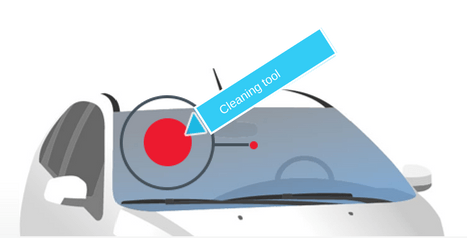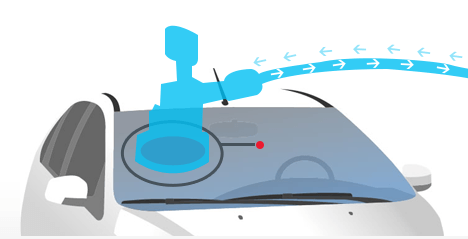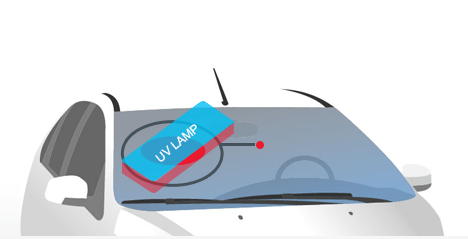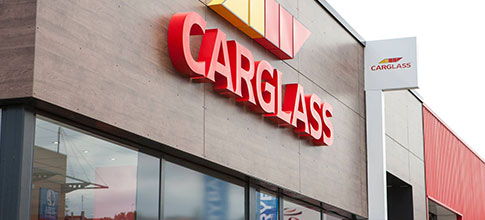Glass chip repairs
Pros of glass repairs
- Safety– Left unrepaired, a chip can quickly turn into a crack, and a cracked windscreen is a risk to passenger safety. A repaired windscreen is just as durable as it was prior to being damaged.
- The rigidity of the chassis is not compromised because the windscreen does not need to be removed. Note: The windscreen accounts for around 30% of the rigidity of the entire chassis.
- Speed & time– Glass repairs take just 30-60 minutes, compared to three hours for replacement.
- Money & savings – Repairing chips normally turns out to be much cheaper than replacing an entire windscreen.
- Comprehensive insurance – All insurance companies favour repairs if rock chips are involved, because they come with no excess and have no impact on insurance premiums.
- Green thinking – Since they result in almost zero waste compared to windscreen replacements, repairs are very environmentally friendly.
We will be happy to repair your windscreen provided that it meets the conditions and you are prepared to take the risks that accompany such repairs. Namely, additional pressure is placed on the glass in the course of the repairs, which can cause a chip to develop into a crack (albeit only in around 5% of cases).
You should also bear in mind that although repairs are generally effective, visually erasing or ‘removing’ chips from a windscreen is never entirely possible. In the course of the repairs we ‘glue’ the chip together, as a result of which it can still be seen in the glass. Depending on the nature of the chip, however, it may end up being less visible than it was before being repaired.
If it turns out that the chip does not meet the conditions required for it to be repaired, or attempts to repair it prove unsuccessful, you will need to consider replacing your windscreen – what glass to use, how much it will cost and when it can be done.
The four main conditions for chip repairs are as follows:
- The chip is not in the driver’s field of vision.
- The chip is not in the operating area of the driver assistance system’s cameras or rain sensor (usually in front of the rear-view mirror).
- The chip and any offshoots are no wider than 2.5 cm in diameter (i.e. the size of a two-euro coin).
- The chip is at least 6 cm from the edge of the windscreen.
Repairing chips is not possible on:
- rear windscreens; or
- side windows.
Windscreen chip repair
Stage I
Preparation of the damaged area for repair. First we make sure that the chip is as clean as possible to ensure that our special chip repair polymer sticks properly to the windscreen.

Stage II
Filling the chip with polymer. Next, we place a special device on the damaged area, creating a vacuum. Once all the air has been sucked out, the chip is filled with polymer.

Stage III
Polymer solidification. Then we solidify the polymer using a special UV tool. It takes around three minutes for the polymer to fully solidify.

Stage IV
Finishing up. Once the polymer has solidified we remove any excess polymer and polish the repaired area to ensure perfect smoothness. The repair process is then complete.

The whole repair process takes 30 minutes. The video below summarises it all in one minute:
ADDITIONAL INFORMATION (in estonian): Assessment of status of driver’s field of vision and windshield
(Estonian Transport Administration, 2 October 2015)
Carglass® Estonia advertisement: ‘”Chip in your windscreen? Get it fixed straight away!” (YouTube)


